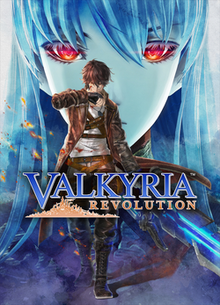
A collection of Forgotten Realms short stories by Ed Greenwood.
“The Realms Wait for Thee” – Alaundo of Candlekeep narrates this introductory story, stating that he envies the reader and has seen many things.
“Not the Most Successful of Feasts” – A look into when Elminster the wizard was a child at twelve.
“Dark Talons Forbear Thee” – At the end of one of Greenwood’s novels, Elminster was tasked with rearing three silver-haired babies as his fellow Chosen, and gives some focus to Vrasabra the Anointed, elated at being called the Great Mistress.
“The Whispering Crown” – The Lady of Dusklake and Rammast feud over the eponymous artifact.
“So High a Price” – Opens with a fragment of a text called The Ballad of a Tyrant, and focuses on how Zhentarim came to hold sway in Zhentil Keep.
“One Comes Unheralded to Zirta” – Allegedly the earliest Forgotten Realms story penned in 1967 before Greenwood’s eighth birthday, telling about the swordsman Durnan, the old rogue Mirt, and the wizard Elminster.
“A Dance in Storm’s Garden” – An episodic tale about a string of occurrences in Storm Silverhand’s garden.
“A Slow Day in Skullport” – A tale the author describes as a “romp”, with the character Durnan allegedly being a thinking man’s version of Robert E. Howard’s Conan the barbarian.
“Bloodbound” – A story written with the attitude that destiny is bested avoided, with the protagonist Tace discovering the wickedness of the order of Red Wizards.
“How Wisdom Came to the Maimed Wizard” – A coda to Shandril’s Saga, detailing the fate of Eirhaun the Maimed, a mage of the Zhentarim.
“The Eye of the Dragon” – Another Bildungsroman about a fledgling sorceress, Ambreene, who wants to deal with Khelben “Blackstaff” Arunsun, the Lord Mage of Waterdeep.
“Nothing but Trouble” – Narrates an incident in the life of Mirt the Moneylender of Waterdeep, who thinks he’s better than wizards.
“The Grinning Ghost of Taverton Hall” – The architect Glarasteer Rhauligan investigates the alleged appearance of the titular specter.
“The Place Where Guards Snore at Their Posts” – A young man learns magic to impress his love, with the appearance of the creatures sahuagin as well.
“Living Forever” – Written with the author’s fascination with the ruined city of Myth Drannor.
“The Long Road Home” – Tells of the tragedy of King Azoun of Cormyr, fourth monarch of the name to rule the Forest Kingdom, and nicknamed the Purple Dragon.
All in all, a good collection of stories, though there are a few unclear things such as who the “Master of Oysters” is in one of the tales.



